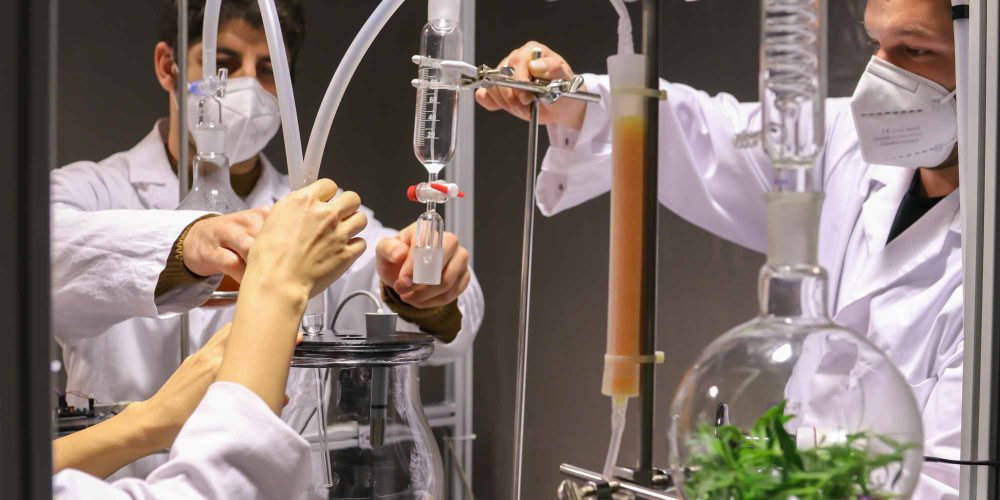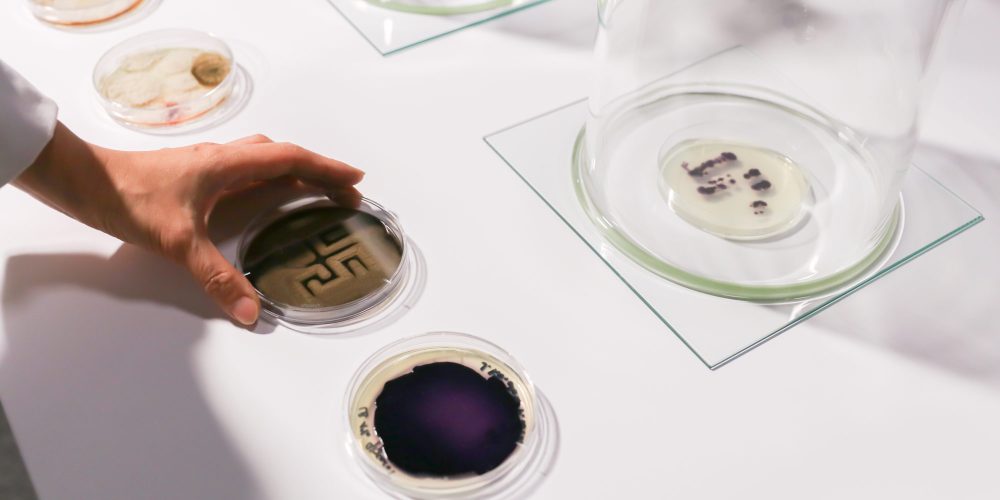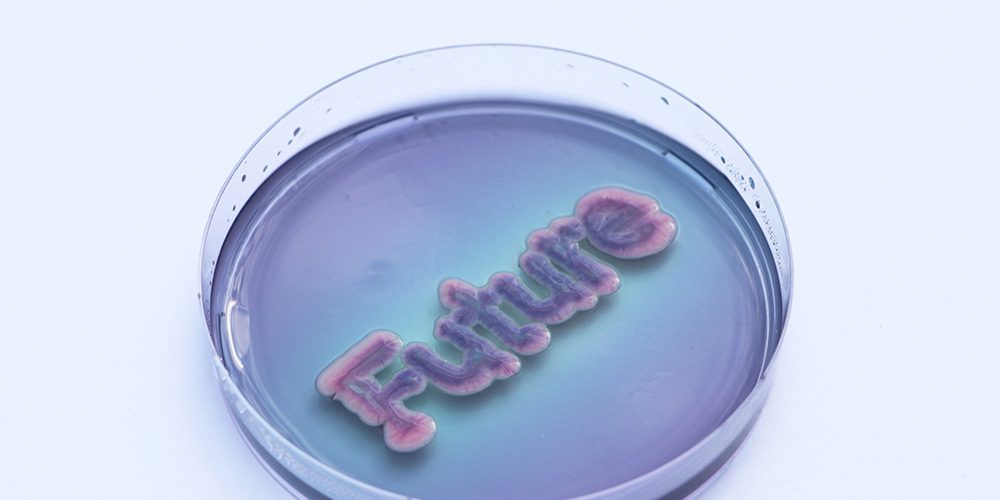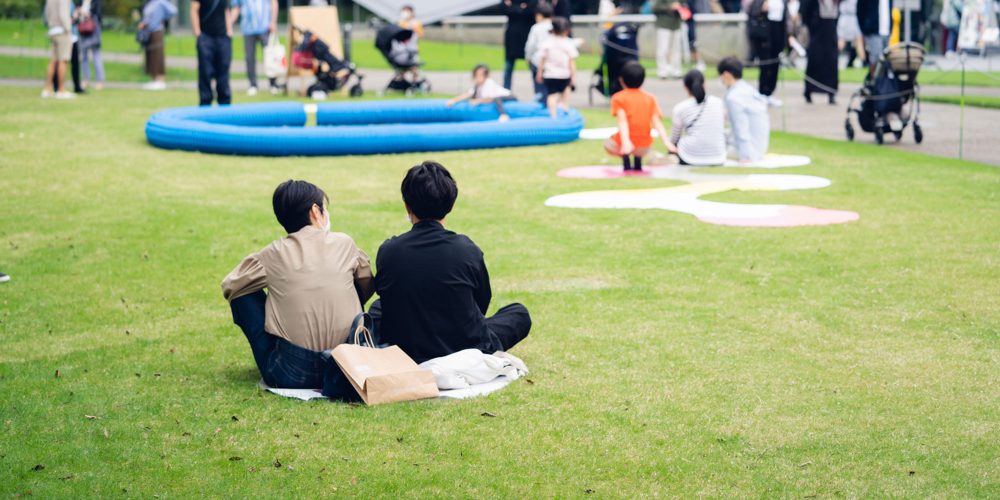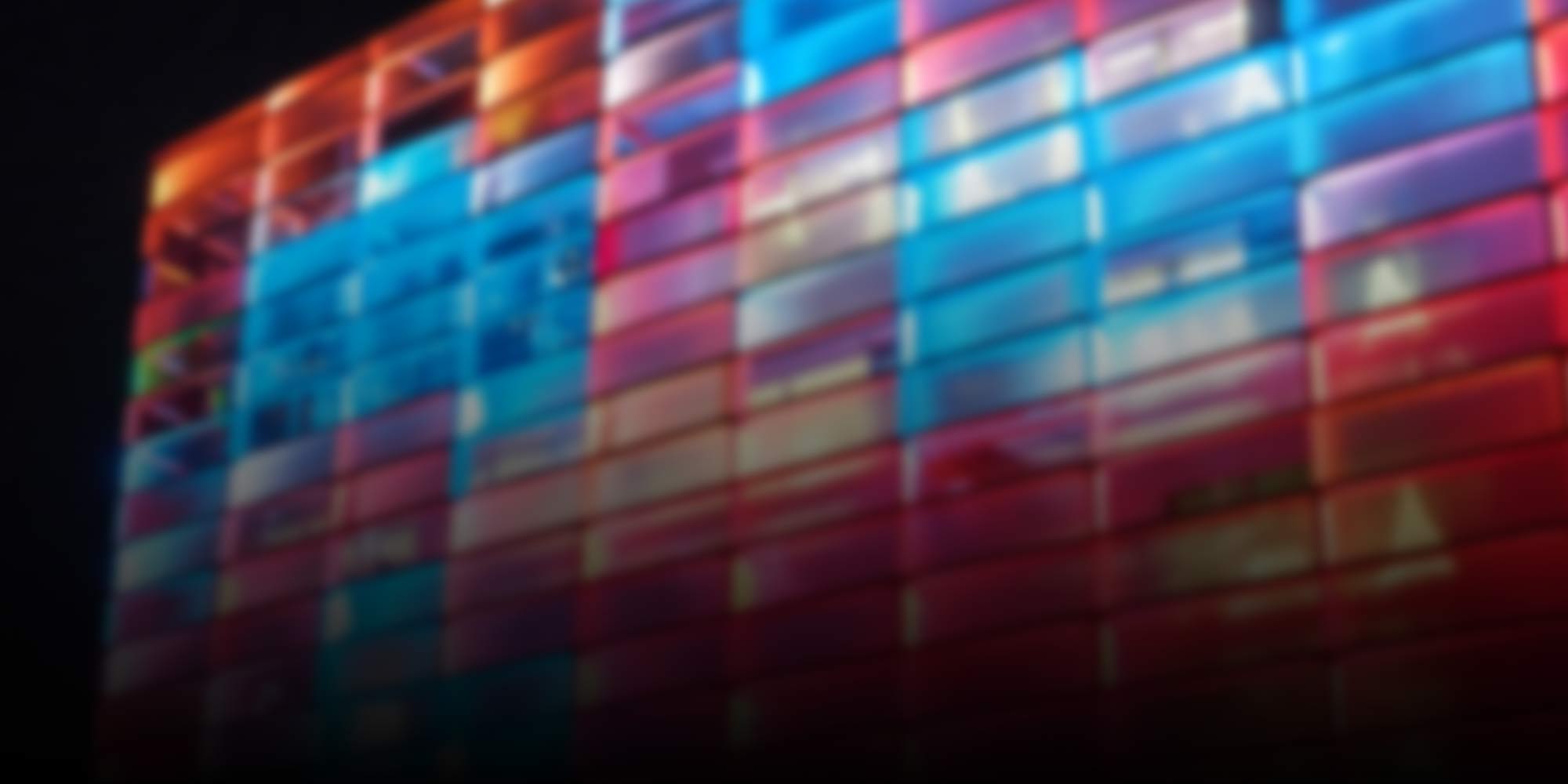
Art
-
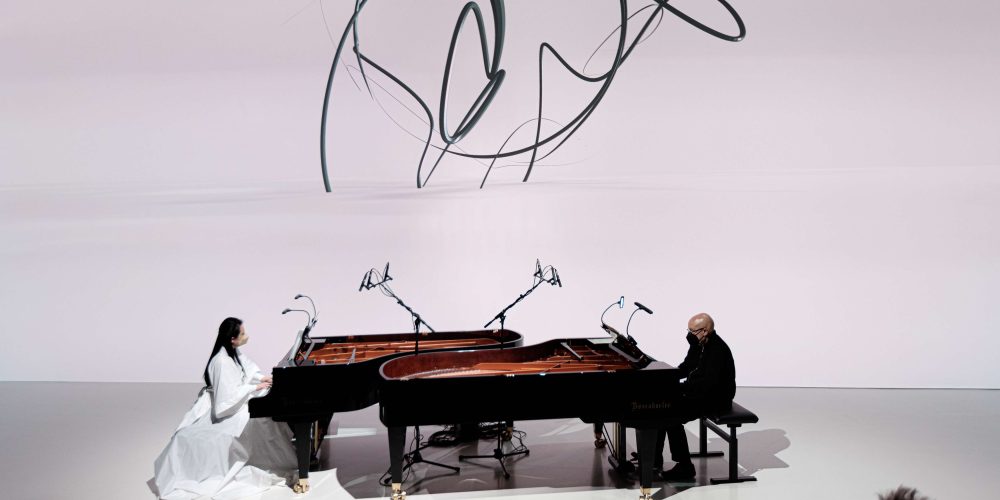
Deep Space Concert: Philip Glass 85
On the occasion of the 85th birthday of Philip Glass, one of the most important composers of our time, pianists Dennis Russell Davies and Maki Namekawa dedicated an extraordinary concert to his music.
-
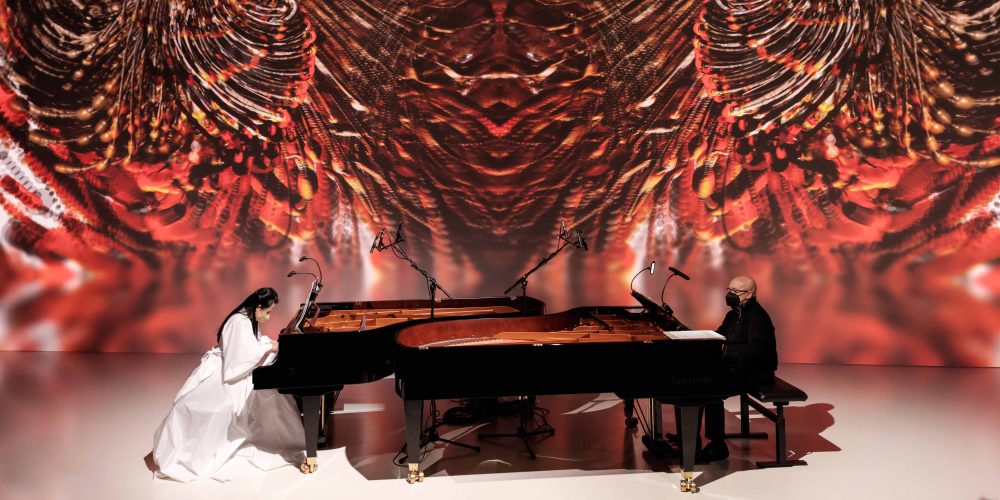
An Evening for Philip Glass
This is rather extraordinary, when two pianists congratulate a composer on his 85th birthday with his own music.
-
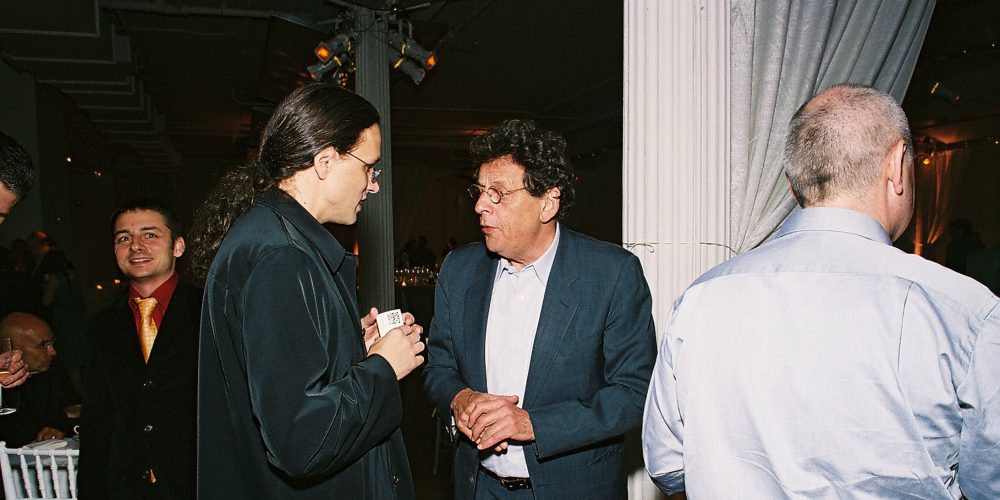
Happy Birthday, Philip Glass!
Philip Glass, the most famous representative of minimal music and longtime companion of Ars Electronica, celebrates his 85th birthday – we congratulate him!
-
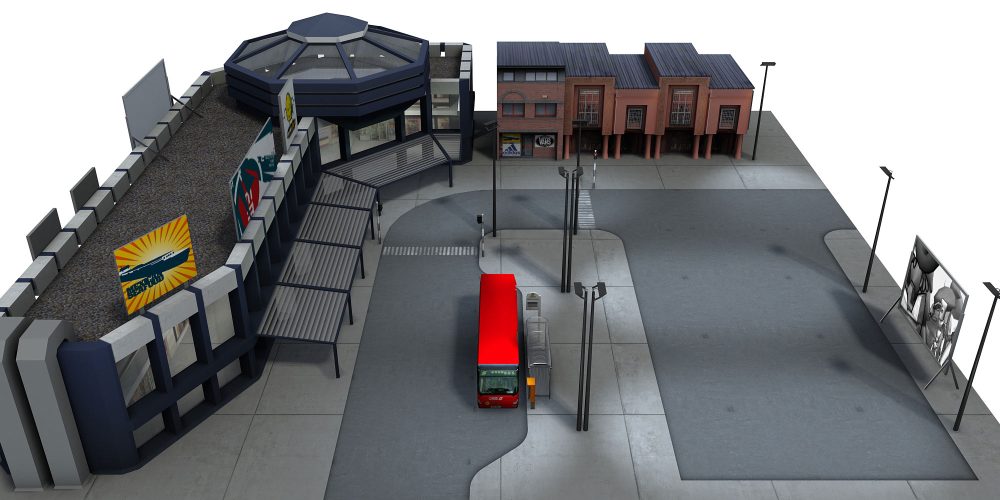
Throwback: City Puzzle
City Puzzle by the Ars Electronica Futurelab was an interactive simulation environment that let you create virtual urban landscapes.
-
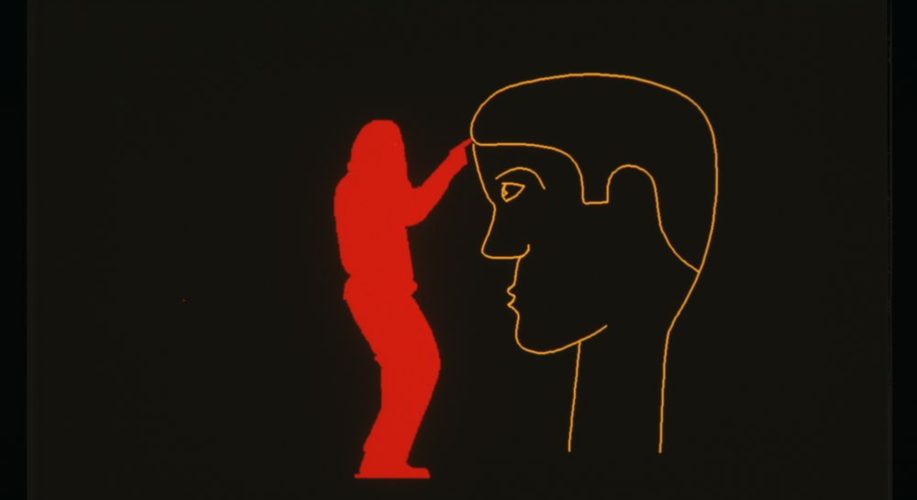
Throwback: Videoplace
In 1990 the time was ripe to take the next evolutionary step in the development of Prix Ars Electronica by adding a new category for “Interactive Art”.
-
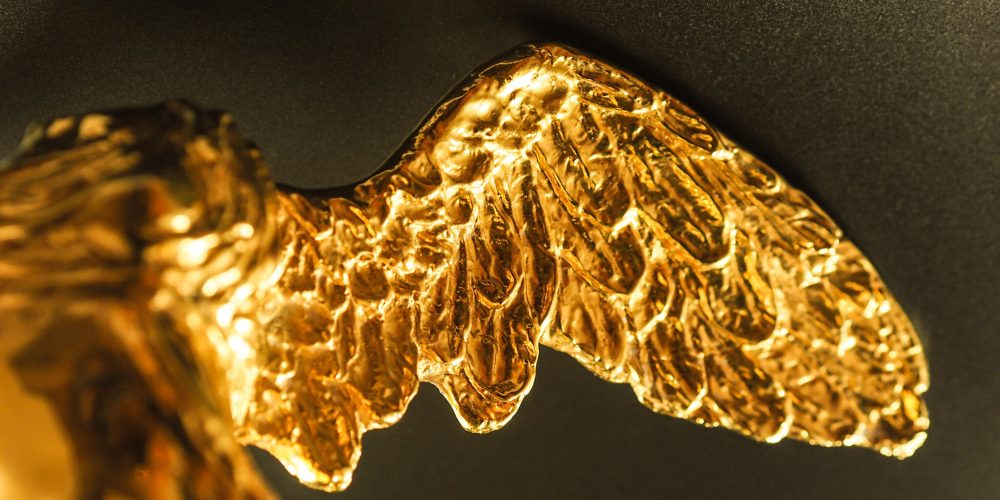
Prix Ars Electronica 2022: Here we go again!
The Prix Ars Electronica kicks off the New Year! For the 35th time in a row, the world’s most traditional media art competition is entering the next round.
-
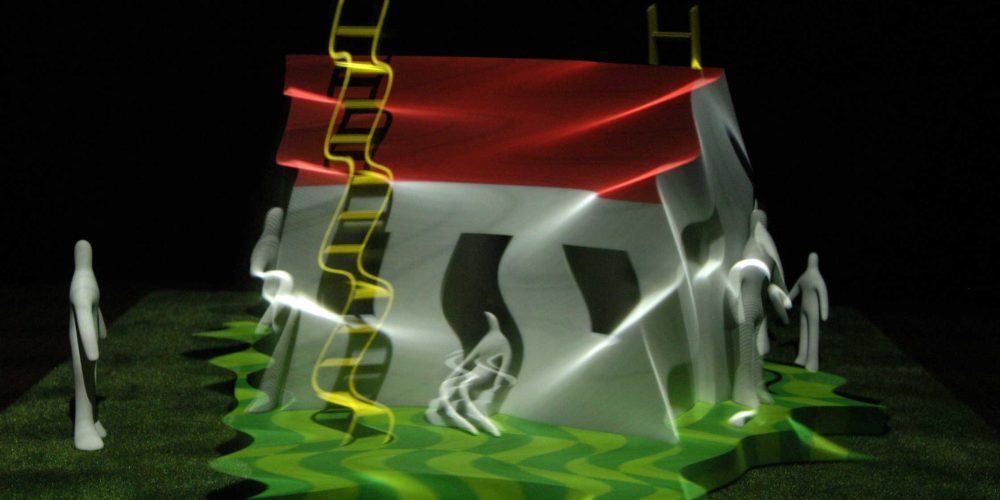
Throwback: Morphovision
The Morphovision image processing system worked with real objects and opened up new possibilities for plastic design.
-
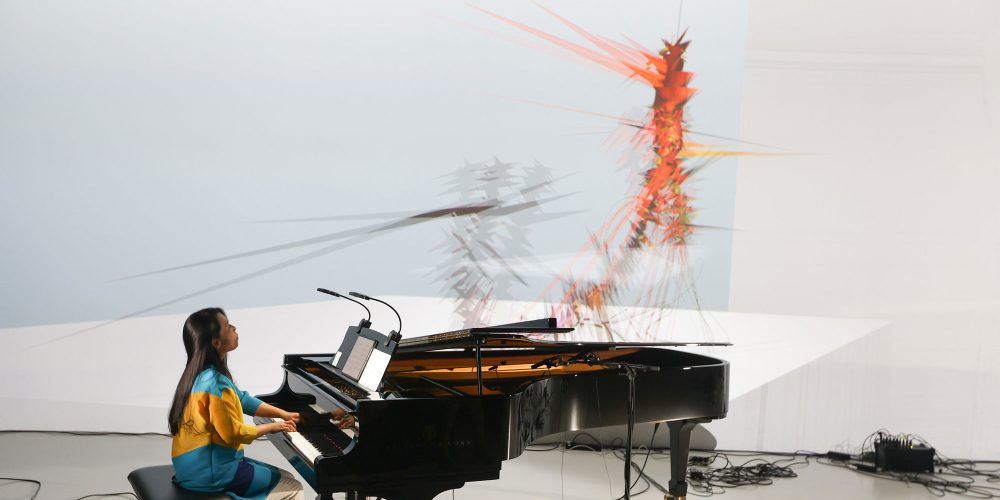
Morphologies – Digital Formations and Analog Music
Analog music generates digital visualizations: Maki Namekawa, Cori O’Lan and Rubin Kodheli in a timeless night performance at Deep Space 8K.
-
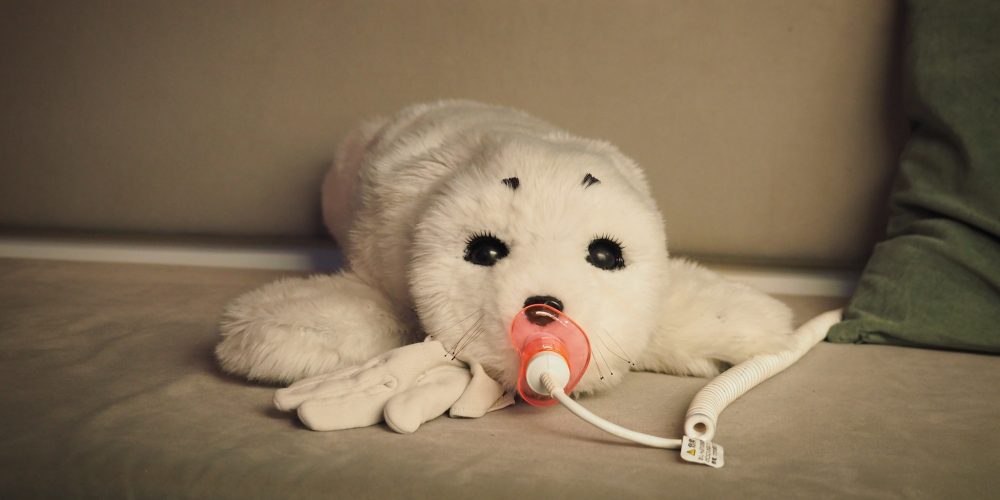
Throwback: Paro the robot seal
Paro, an assistant robot with the appearance of a seal, was a visitor magnet at the Ars Electronica Center for years.
-
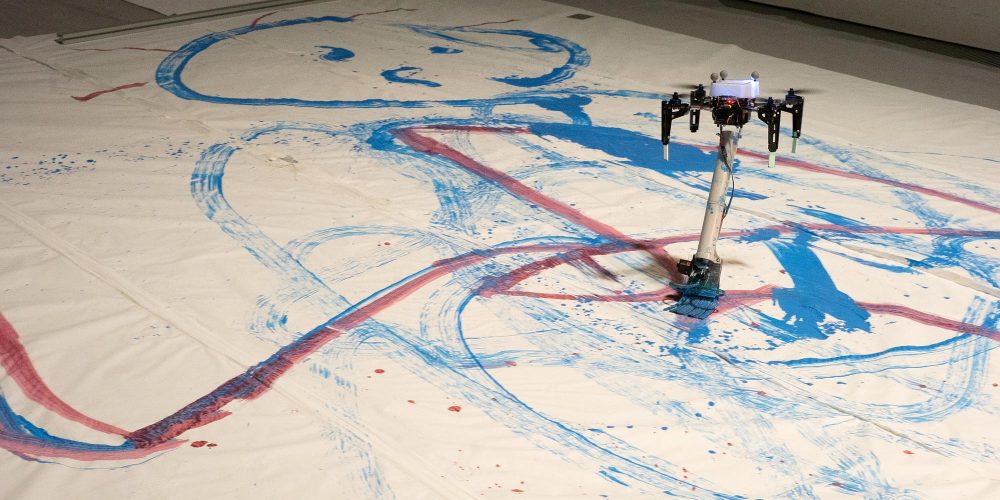
Space Ink – a future of visual arts?
With the Paintbrush painting drone, the Space Ink research project is opening a new chapter in the future of art.
-
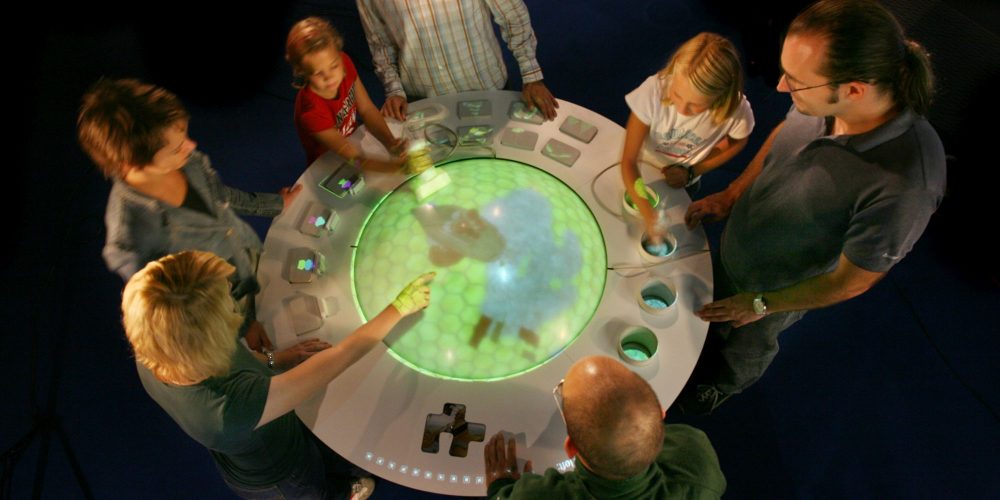
Throwback: Gulliver’s World
Gulliver’s World, the further development of Gulliver’s Box, was a multi-user mixed reality system developed by the Ars Electronica Futurelab.
-
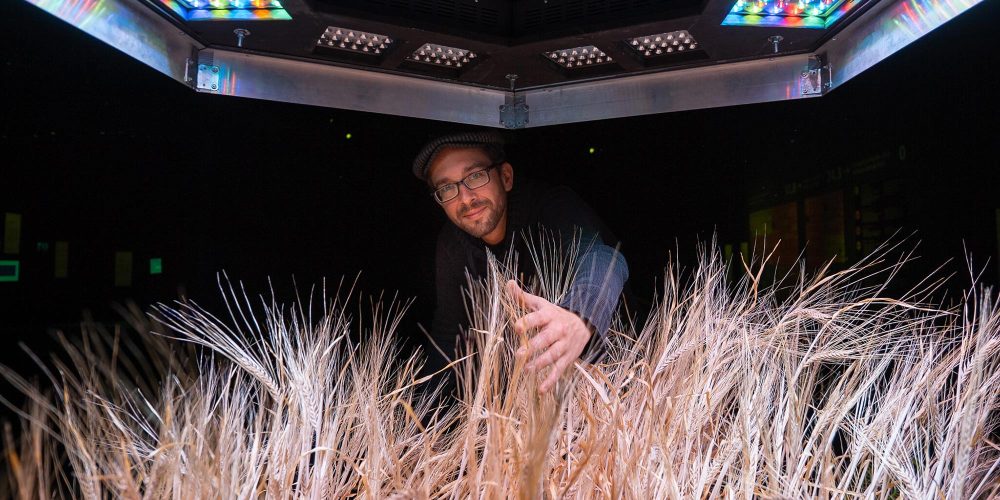
Is it really worth the effort?
Outside is winter, inside we harvest our own grain. Three months we have struggled, spent more than 400 euros, but harvested less than 800 grams of barley.
-
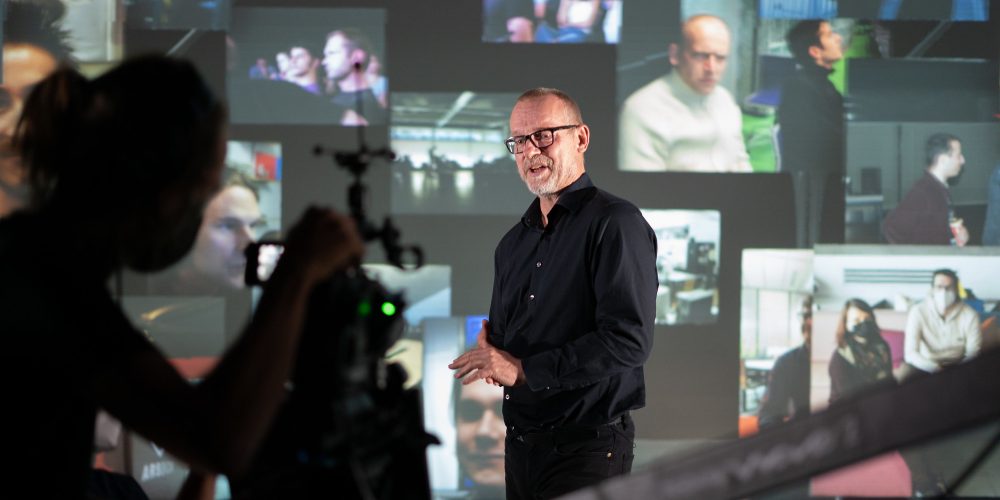
25 years of Futurelab – “What a journey!”
Exhibition, workshops, performances and the question of the future: This is how the Ars Electronica Futurelab celebrated its anniversary on the “Futurelab Day” 2021.
-
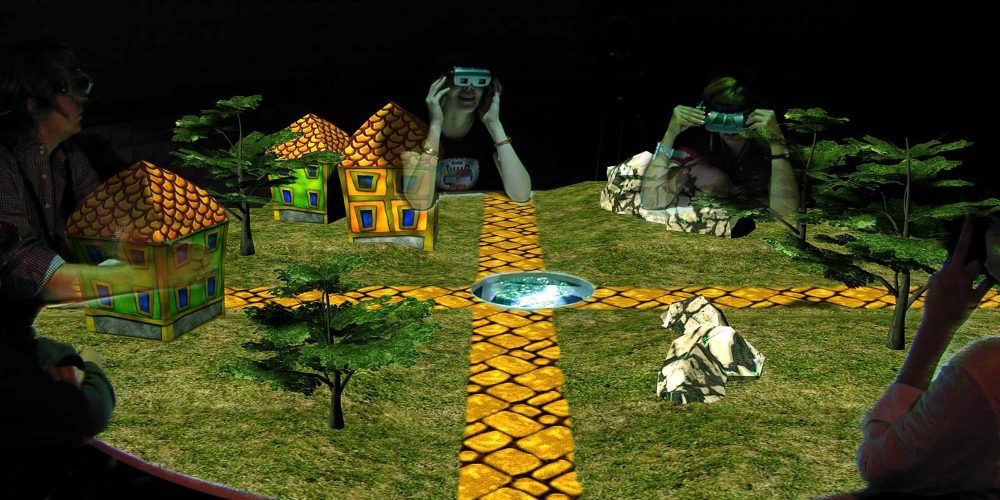
Thowback: Gulliver’s Box
In Gulliver’s Box, the process of creative design, display and perception were brought together in a single environment.
-

Join: What will your life be like in 25 years?
Share your future visions with the world – “Memo Futurum” makes this happen until the end of the year. Only in 2046 they will be recalled.
-
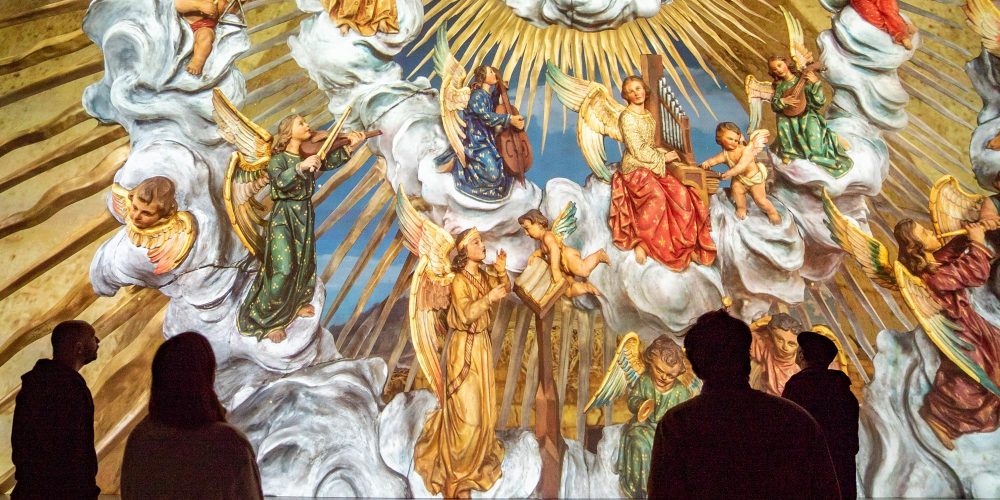
Future Christmas
Whether Christmas hurry or Advent lockdown, we have a suitable program for a contemplative pre-Christmas time: The Virtual Crib from St. Mary’s Cathedral in Linz.
-
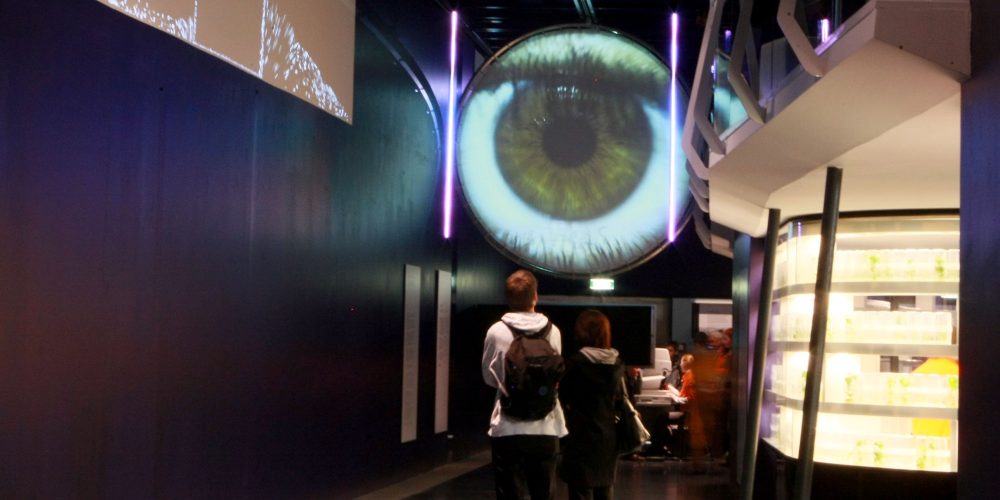
Throwback: The first Ars Electronica Labs
The new Ars Electronica Center in 2009 had not only gained more exhibition space and urban visibility, but had also used the opportunity to completely reinvent itself.
-
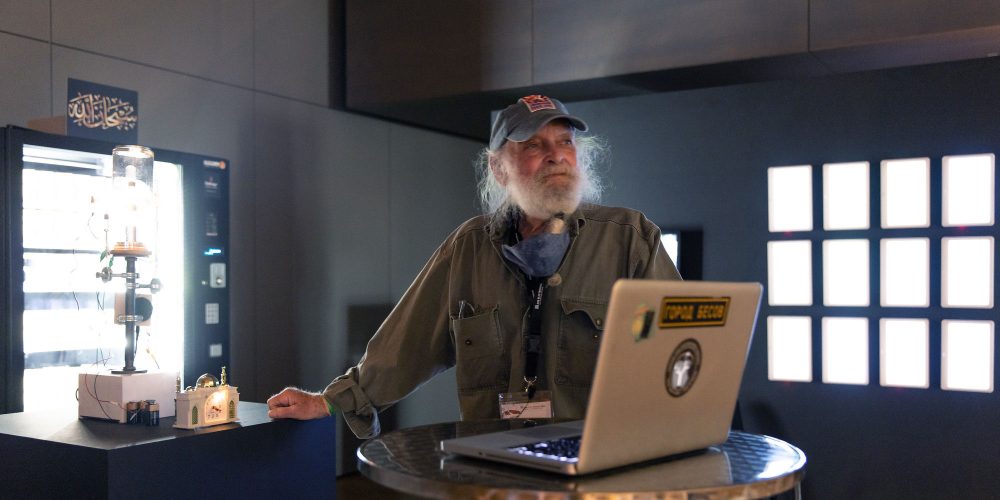
Joe Davis: In Search of Paradoxes
Just recently, Joe Davis and Sarah Khan stored 2,417 quintillion angels on the head of a pin. Reason enough to talk to the BioArt pioneer about the connection between art and science.
-
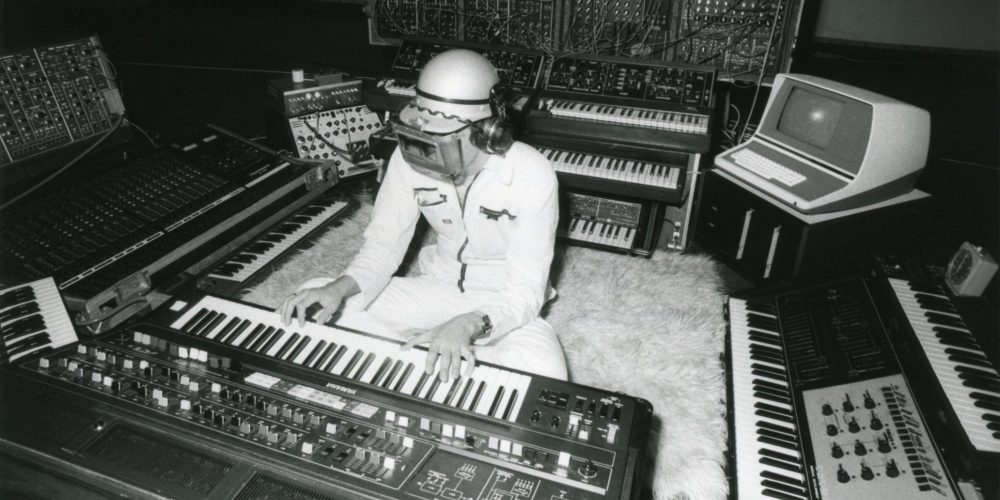
Throwback: Linz Steel Symphony
In 1980, electronic music pioneer Klaus Schulze opened the Ars Electronica Festival with a concert of live recorded sounds from the Linz steelworks voestalpine.
-
![[ˈdaːzaɪn] – Audiovisual Performance](https://ars.electronica.art/aeblog/files/2021/09/51443064605_0d1cf63418_o_2000x1000-1000x500.jpg)
[ˈdaːzaɪn] – Audiovisual Performance
Embedded in a technical, symbolic and metaphysical universe, the audiovisual performance [ˈdaːzaɪn] by media artists Arno Deutschbauer and Micha Elias Pichlkastner alias “Sective” immersed the packed Deep Space 8K in a reloaded atmosphere.
-
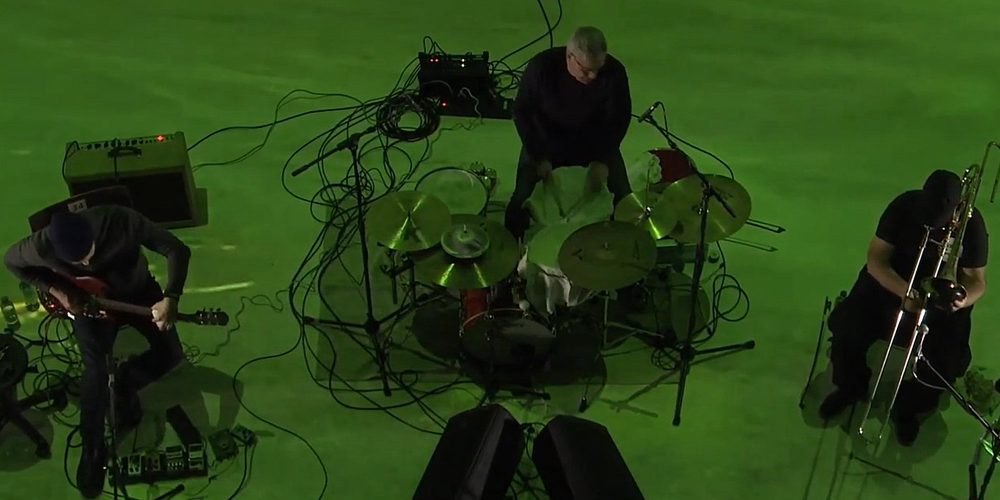
Und Ja, And Yes
Trombonist Werner Puntigam, guitarist Beat Keller and percussionist Georg Wilbertz have come together at the Ars Electronica Center to present their freely improvised chamber music miniatures.
-
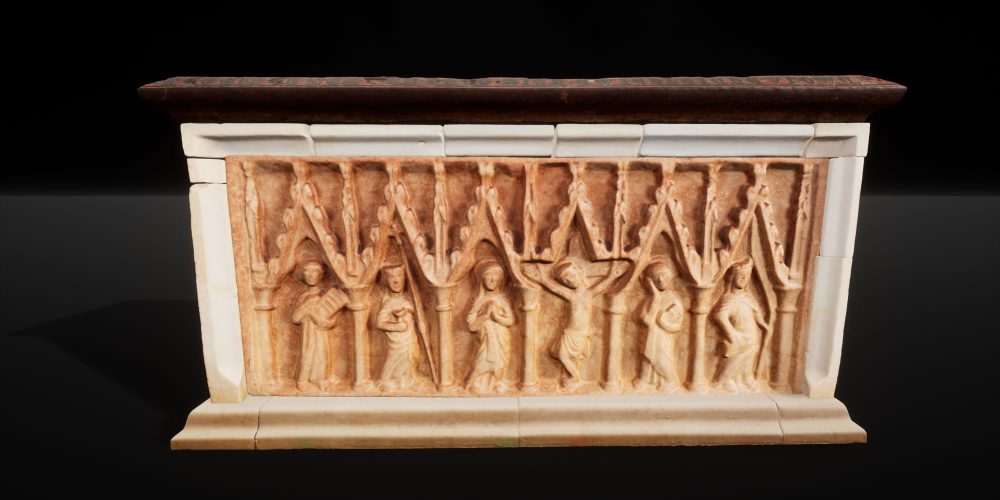
Digitization of cultural heritage
For the most recent digitization project, too, a Gothic tomb from the collegiate church of Wilhering, researchers of the Ars Electronica Futurelab successfully used the non-contact method of photogrammetry.
-
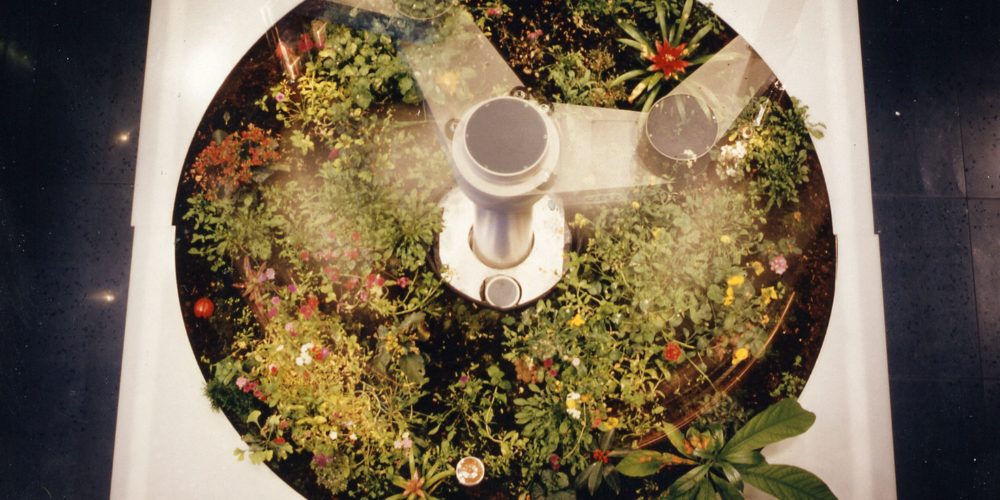
Throwback: Telegarden
The Telegarden was an art installation that allowed web users to plant, water, and monitor the progress of seedlings in a garden from a distance.
-
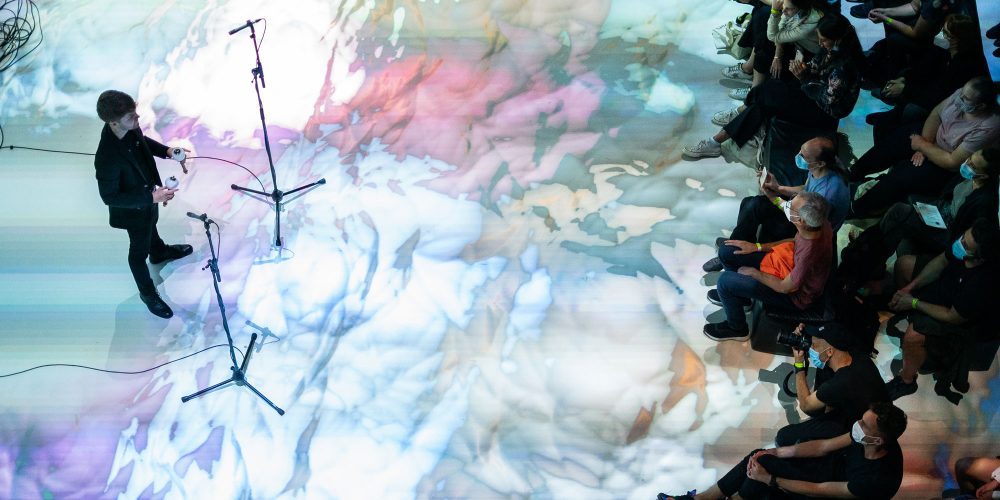
Temazcal – The art of percussion
An acoustic, visual and digital interpretation of Javier Alvarez’s “Temazcal” for maracas by percussion artist Elliott Gaston-Ross to live visuals by Florian Berger.
